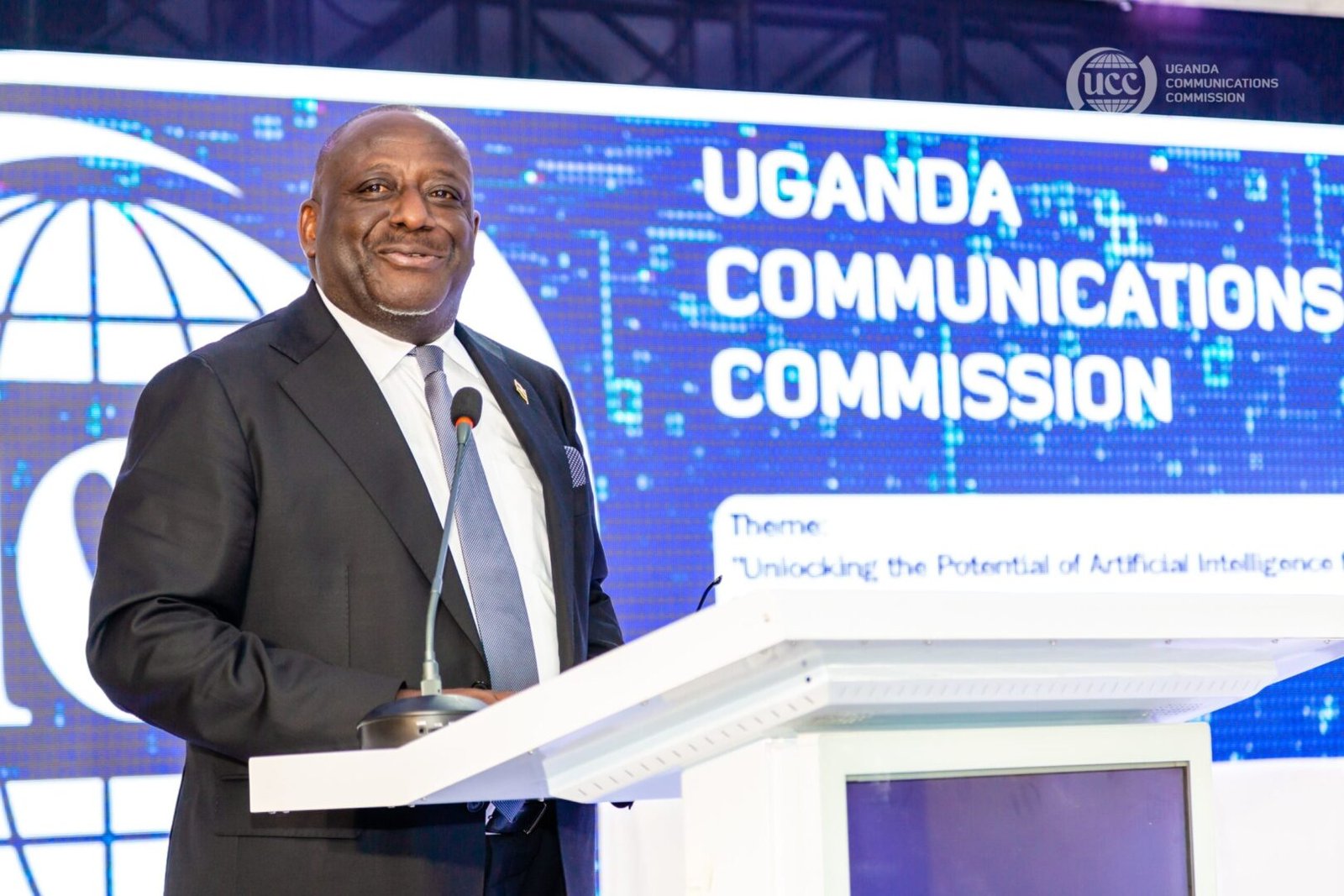KAMPALA, Uganda — The Uganda Communications Commission (UCC) is embarking on a comprehensive initiative to reorganize and enhance the aesthetic appeal of communication infrastructure installations across Uganda’s urban areas.
The Commission points to the current “shabby sight” as a direct consequence of communication companies’ failure or refusal to fully embrace infrastructure sharing systems, which would otherwise reduce the proliferation of individual poles, cables, and equipment.
Uganda’s urban centers have witnessed a rapid expansion of internet services in recent years, leading to a surge in service providers and projects, and consequently, a proliferation of equipment installations.
“While high-speed internet is crucial for modern living, the shabby appearance of our urban neighbourhoods, littered with unkempt clusters of poles and wires, raises concerns about order and aesthetics,” states Thembo Nyombi, the Executive Director of UCC.
He adds, “It is vital to explore how we can balance the roll out of telecommunication infrastructure and orderly urban living.”
In 2021, the UCC introduced Infrastructure Deployment and Sharing Guidelines, designed to provide a framework for telecom operators to share essential infrastructure, including poles, ducts, and underground cabling.
However, the regulator notes that compliance has been inconsistent. In some areas, up to ten different companies have installed their own poles, with others placed haphazardly around electricity poles, exacerbating the visual clutter and posing potential safety risks to residents and road users.
In response, the UCC has launched audits to identify areas most affected by this challenge, with the aim of encouraging the consolidation of such installations by Internet Service Providers (ISPs). The Commission is also implementing stricter technical standards for pole installation, encompassing criteria such as height, spacing, trenching, and cable tagging.
“These measures will not only improve safety but also enhance the visual appearance of our cities,” Thembo explains. He further notes, “Furthermore, the introduction of infrastructure mapping based on a Geographical Information System (GIS) aims to promote transparency and ensure the efficient tracking of ongoing projects.”
A high-level, multi-stakeholder working group has been established, comprising chief executives from various agencies including the National Information Technology Authority-Uganda (NITA-U), Uganda Electricity Distribution Company Limited (UEDCL), and leading telecom operators. This group is tasked with collaborating on strategies to streamline infrastructure installations by promoting and coordinating infrastructure sharing.
The UCC is also actively promoting the adoption of underground infrastructure deployment techniques where burying the infrastructure is deemed safer and cleaner.
“Here, a collaborative effort involving stakeholders such as the Ministry of Kampala Capital City and Metropolitan Affairs, Ministry of Works and Transport, National Water and others in the same category has ensured coordinated planning of infrastructure developments such as road construction, drainage channels, as well as underground telecommunication corridors,” Thembo highlights.
In 2024, stakeholders from the Internet Service Provider (ISP) community contributed to designing these underground corridors to accommodate the needs of telecommunication services, initially focusing on Kampala and its surrounding metropolitan areas of Wakiso, Mukono, and Mpigi.
According to the UCC, many providers are already leveraging the benefits of aggregated underground networks, effectively adopting a “carpooling model” for infrastructure. This approach not only yields cost reductions but also contributes to maintaining cleaner and more organized urban spaces, exemplifying the collaborative spirit essential for sustainable urban development.
Also Read: UCC shuts down Pearl FM over Kawempe North by-election rigging allegations
The UCC ED urges service providers to enhance collaboration in addressing the clutter of telecommunication infrastructure, emphasizing that regulatory enforcement alone will not suffice.
“By promoting a ‘share more, dig less’ mentality, we can maintain a balance between unimpeded connectivity and the aesthetic integrity of our cities,” he states.
The steps being taken to promote telecommunication infrastructure sharing, including the development of underground corridors, signal “a future where connectivity doesn’t come at the expense of our city’s beauty.”
Thembo concludes, “Together, we can navigate the complexities of our evolving telecommunications landscape, while ensuring that our cities remain vibrant and orderly spaces for their residents.”

